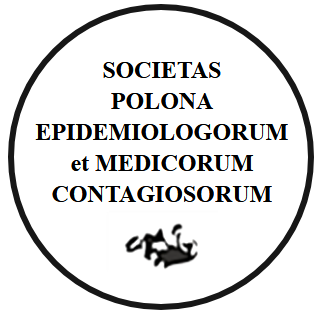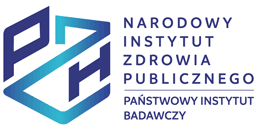PRACA ORYGINALNA
Social media usage among dental faculty and students: An assessment using Bloom’s taxonomy framework
1
Postgraduate student,
Department of Public Health Dentistry, KLE Vishwanath Katti Institute of Dental Sciences, KLE Academy of Higher Education and Research, India
2
Professor and Head
Department of Public Health Dentistry, KLE Vishwanath Katti Institute of Dental Sciences, KLE Academy of Higher Education and Research, India
3
Reader
Department of Public Health Dentistry, KLE Vishwanath Katti Institute of Dental Sciences, KLE Academy of Higher Education and Research, India
4
Professor
Department of Public Health Dentistry, KLE Vishwanath Katti Institute of Dental Sciences, KLE Academy of Higher Education and Research, India
5
Department of Public Health Dentistry, KLE Vishwanath Katti Institute of Dental Sciences, KLE Academy of Higher Education and Research, India
6
Postgraduate student
Department of Public Health Dentistry, KLE Vishwanath Katti Institute of Dental Sciences, KLE Academy of Higher Education and Research, India
Data nadesłania: 10-03-2025
Data ostatniej rewizji: 14-06-2025
Data akceptacji: 14-07-2025
Data publikacji online: 25-07-2025
Data publikacji: 03-10-2025
Autor do korespondencji
Roopali M Sankeshwari
Professor and Head Department of Public Health Dentistry, KLE Vishwanath Katti Institute of Dental Sciences, KLE Academy of Higher Education and Research, India
Professor and Head Department of Public Health Dentistry, KLE Vishwanath Katti Institute of Dental Sciences, KLE Academy of Higher Education and Research, India
Przegl Epidemiol 2025;79(2):280-290
SŁOWA KLUCZOWE
DZIEDZINY
STRESZCZENIE
Background: Dental faculty and students use social media extensively for professional and personal purposes. Optimizing social media use in dentistry is crucial for enhancing its overall efficiency. Objective: The study's main objective is to assess social media usage, classify its professional engagement using Bloom's Taxonomy, and examine its impact on individual productivity in personal use among dental faculty and students. Material and methods: The study adopted a cross-sectional design using an English version of a validated self-administered questionnaire to explore the social media usage among 451 participants. It was conducted among dental faculty, postgraduates, interns and undergraduates at a dental institute in Belagavi, India. The content validity and the Cronbach's alpha coefficient value for the questionnaire was found to be 0.76 and 0.85 respectively. Construct validity of the modified Internet Addiction Test was established through exploratory factor analysis. Professional engagement was classified based on Bloom’s taxonomy framework across nine cognitive domains. Descriptive statistics, binomial logistic regression, and Kruskal-Wallis tests was carried out with a level of significance set at p ≤ 0.05. Results: Among the 451 participants, the majority were females belonging to the age group of 21-30 years. Dental postgraduates had the highest professional use of social media platforms such as YouTube for clinical skills (91.1%), LinkedIn for job search (84.3%), Google scholar for knowledge (89.7%) and ResearchGate for clinical reasoning (87.1%) with the highest Bloom’s taxonomy scores among all affiliations group. In contrast, social media addiction scores were highest among undergraduates and lowest among dental faculty (p ≤ 0.05). Conclusions: Dental postgraduates had the highest professional social media usage based on the Bloom’s taxonomy framework, followed by dental faculty. Interns and undergraduate students showed the highest social media addiction scores, indicating recreational use and distraction, highlighting the need for balanced usage.
Udostępnij
ARTYKUŁ POWIĄZANY
Przetwarzamy dane osobowe zbierane podczas odwiedzania serwisu. Realizacja funkcji pozyskiwania informacji o użytkownikach i ich zachowaniu odbywa się poprzez dobrowolnie wprowadzone w formularzach informacje oraz zapisywanie w urządzeniach końcowych plików cookies (tzw. ciasteczka). Dane, w tym pliki cookies, wykorzystywane są w celu realizacji usług, zapewnienia wygodnego korzystania ze strony oraz w celu monitorowania ruchu zgodnie z Polityką prywatności. Dane są także zbierane i przetwarzane przez narzędzie Google Analytics (więcej).
Możesz zmienić ustawienia cookies w swojej przeglądarce. Ograniczenie stosowania plików cookies w konfiguracji przeglądarki może wpłynąć na niektóre funkcjonalności dostępne na stronie.
Możesz zmienić ustawienia cookies w swojej przeglądarce. Ograniczenie stosowania plików cookies w konfiguracji przeglądarki może wpłynąć na niektóre funkcjonalności dostępne na stronie.




